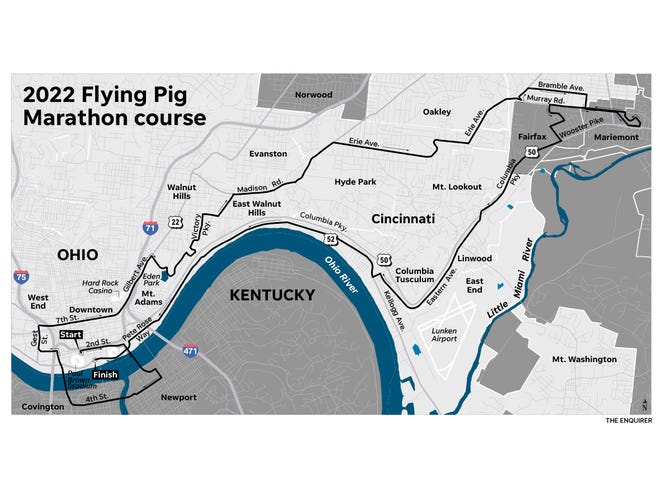

Wind and solar companies hoping to do business in Ohio will face an additional hurdle in the process under a bill Gov. Mike DeWine signed into law Monday.
Under Senate Bill 52, county commissioners could reject particular wind turbines or solar farms, ban the projects entirely or carve out portions of the county where those facilities couldn't be built.
The change, which takes effect in 90 days, adds a step for solar and wind companies that their coal and natural gas competitors don't face. But lawmakers who introduced the bill say companies need to involve local residents – not just the little-known Ohio Power Siting Board – to succeed.
More:Important local input or unnecessary roadblock? Bill headed to DeWine adds hurdle for wind, solar
Under the new law, project developers must notify county commissioners and trustees at least 90 days before filing with the power siting board. The proposal also adds a commissioner and trustee to the board while it reviews the local project.
Opponents of the bill say it singles out renewable energy for unnecessary restrictions. Meanwhile, Ohio lawmakers enacted a law to prevent municipalities from banning natural gas in new construction projects and saved subsidies for the owner of two coal plants.
The Ohio Chamber of Commerce and local development arms opposed the changes because they want to encourage renewable energy projects in the state, which can attract other businesses.
More:New Ohio law bans cities from enacting prohibitions on natural gas. No Ohio city has one.
But the bill had support from residents in Seneca and Sandusky counties where a massive wind field development drew the ire of residents. Ultimately, the APEX Clean Energy project was rejected by the Ohio Power Siting Board but it took years to get to that point.
Rep. Bill Seitz, R-Green Township, explained on the House floor why Ohio's suburban residents want wind turbines in their state but not in their backyards.
"They think it’s just fine to put these monstrosities all over rural Ohio, to ruin the landscape in rural Ohio, to create 600-foot-tall structures with moving parts where the blades break and the fires start and the birds and bats are chopped to smithereens," Seitz said.
Jessie Balmert is a reporter for the USA TODAY Network Ohio Bureau, which serves the Akron Beacon Journal, Cincinnati Enquirer, Columbus Dispatch and 18 other affiliated news organizations across Ohio.
Source link






